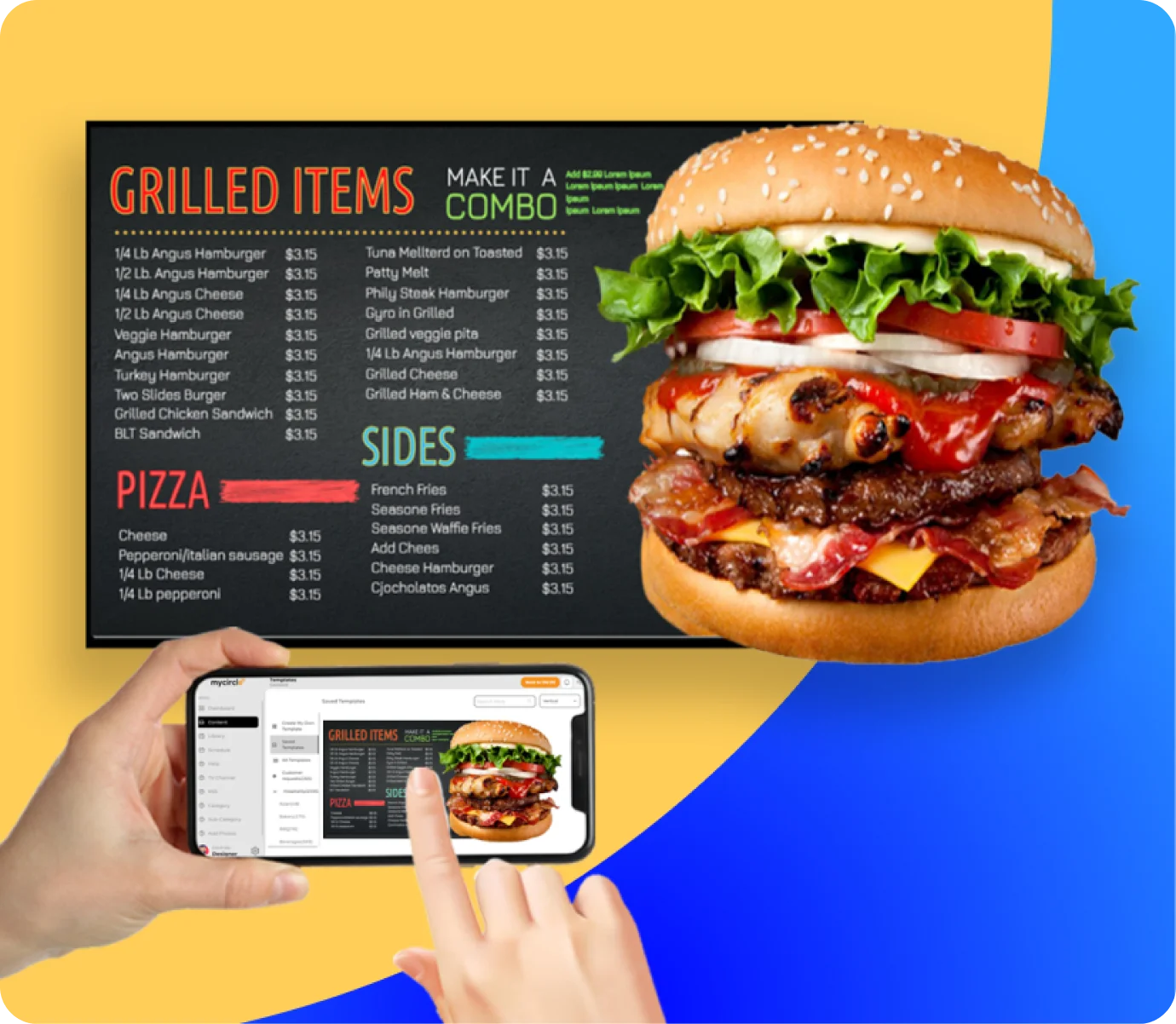In the dynamic landscape of the restaurant industry, staying ahead of the curve is crucial for success. One area that continues to evolve rapidly is digital menu board technology. Gone are the days of static, printed menus. Today, restaurants are leveraging advanced digital displays to enhance customer experiences, streamline operations, and increase revenue. Let’s delve into the latest trends shaping this exciting aspect of the dining experience.
Interactive Displays: Traditional menu boards are being replaced by interactive displays that engage customers in new and exciting ways. These displays allow patrons to browse menu items, view images, watch videos, and even place orders directly from their tables. By offering a more immersive dining experience, restaurants can capture the attention of tech-savvy customers and encourage upsells.
Integration with POS Systems: Seamless integration with point-of-sale (POS) systems is becoming increasingly important for restaurant digital menu boards. This integration allows for real-time updates to menu items, prices, and promotions, ensuring consistency across all platforms. It also streamlines the ordering process, reducing wait times and minimizing errors.
Dynamic Content: Static menus are being replaced by dynamic content that can be easily updated and customized. Restaurants can now display seasonal specials, limited-time offers, and personalized recommendations based on customer preferences and ordering history. Dynamic content keeps menus fresh and relevant, enticing customers to return for new culinary experiences.
Data Analytics: Advanced analytics tools are empowering restaurants to gain valuable insights into customer behavior and preferences. By tracking metrics such as popular menu items, order frequency, and peak dining times, restaurants can make informed decisions to optimize menu offerings and pricing strategies. This data-driven approach helps restaurants better understand their target audience and tailor their menus to meet their needs.
Remote Management: Cloud-based digital menu board systems enable remote management from any location with an internet connection. This flexibility allows restaurant owners to update menus, schedule promotions, and monitor performance in real-time, without being physically present at the restaurant. Remote management not only saves time and resources but also ensures consistency across multiple locations.
Integration with Mobile Apps: With the rise of mobile dining apps, restaurants are integrating digital menu boards with mobile platforms to provide a seamless ordering experience. Customers can browse menus, place orders, and make payments directly from their smartphones, enhancing convenience and efficiency. Integration with mobile apps also allows for targeted promotions and loyalty programs to incentivize repeat business.
Sustainability: As environmental consciousness grows, restaurants are turning to sustainable digital menu board solutions. Energy-efficient displays, recyclable materials, and digital signage powered by renewable energy sources are becoming more prevalent. By reducing paper waste and energy consumption, restaurants can demonstrate their commitment to environmental stewardship while cutting costs in the long run.
In conclusion, the latest trends in restaurant digital menu board technology are revolutionizing the way we dine out. From interactive displays and dynamic content to data analytics and sustainability initiatives, restaurants are harnessing the power of technology to enhance the customer experience and drive business growth. By embracing these trends, restaurants can stay competitive in an ever-evolving industry and delight customers with innovative dining experiences.





